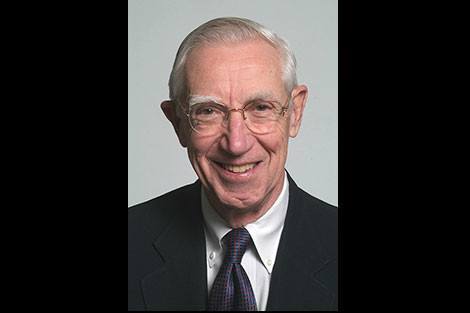Lucian Leape has made a career out of other people’s mistakes. Over the past three decades, his research has focused largely on strategies for reducing those all-too-common errors that kill tens of thousands of patients every year.
Leape, adjunct professor in the Department of Health Policy and Management, began looking into medical errors as part of the Harvard Medical Practice Study, which examined the rates and root causes of malpractice in more than 50 New York hospitals during the 1980s. After analyzing nearly 30,000 patient records, the researchers found that roughly 4 in every 100 patients were injured as a result of their hospital stay, and two-thirds of those injuries happened because of a preventable error.
Leape and his colleagues also discovered that the malpractice system meant to address these problems was badly out of sync. On the one hand, there was a large number of “false positives”—malpractice claims against innocent doctors. On the other, there was an even bigger problem with “false negatives”—patients harmed by negligent care who had never filed any malpractice claim.
The study led Leape to uncover the human factors engineering literature on preventing errors through improved designs of work systems. He recommended this approach for health care in “Error in Medicine,” his seminal 1994 paper in the Journal of the American Medical Association. His policy prescription: Change some of medicine’s unexamined standard operating procedures—adopt checklists instead of individual memorization, for example, or reduce sleep deprivation. “Errors must be accepted as evidence of system flaws, not character flaws. Until and unless that happens, it is unlikely that any substantial progress will be made in reducing medical errors.”
